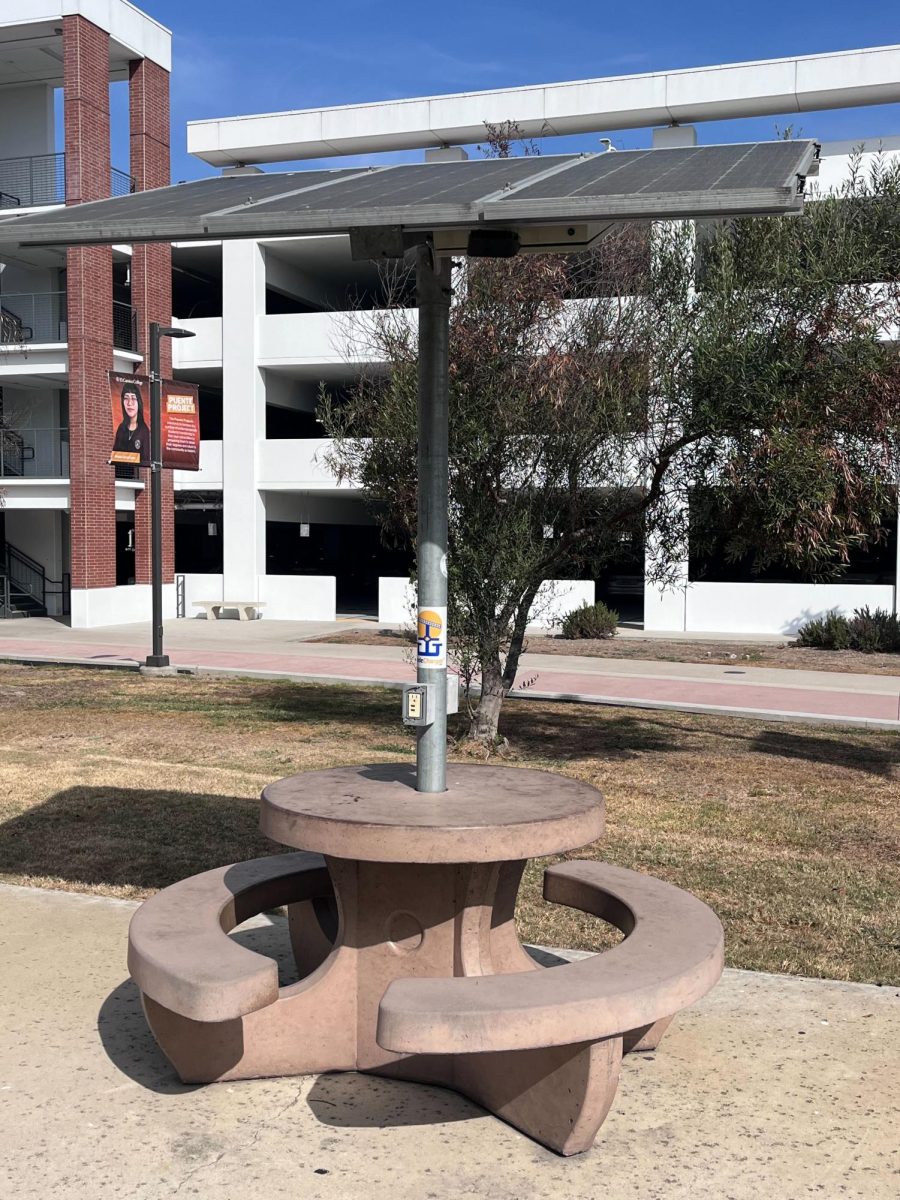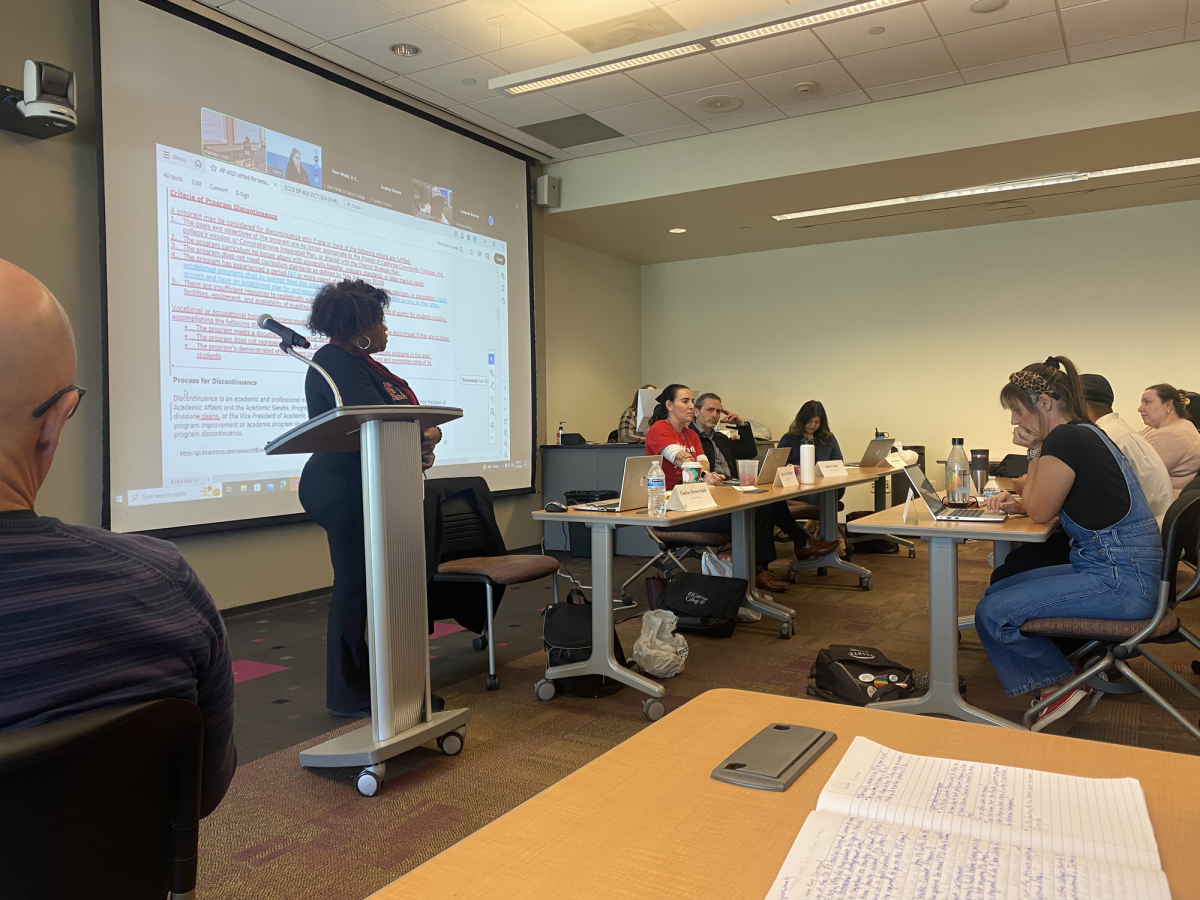With the budget updated last Friday, EC cut 150 sections of classes, but no programs have been terminated yet, college officials said.
“The impact should not be felt by the students this year or next year,” Arvid Spor, dean of enrollment, said.
Classes are deactivated when less than 20 students enroll.
EC then condenses a section number to raise the number of students.
“Students can still enroll, except availability varies,” Spor said.
Every May, legislators revise the governor’s budget and make suggestions of what they need to have added or cut.
By May 15, the governor takes the information into consideration and decides how to handle the budget.
After an election in May, the governor is given the budget to sign.
This process has not occured for 20 years.
“This year is the worst example ever,” Spor said.
Meanwhile, the budget cuts, finalized in February, were $5 to $6 million to the state.
All the work has been done for the end of EC’s fiscal year, on June 30.
“Precautions were made in the fall to prevent a huge impact on the students and faculty,” Spor said.
In contrast, there is still concern among officials.
“The stimulus package signed by President Barack Obama, helps us but that’s not enough,” Harold Tyler, director of student development, said.
The student government will congregate later this month to address funding issues to legislators.
“Programs such as EOPS, Cal-works and special education are funded by the state and are important to many EC students, so they should be protected,” Tyler said.
Recently, part-time student employees were let go and casual staffs’ hours were reduced, because of the budget.
EC does recieve other forms of funding.
Approximately $276,000 comes from the bookstore every year, $60,000 comes from ASB committee every year and $36,000 comes from fine arts’ presentations.
This money goes to the Auxiliary Service Budget to cover many departments at EC, including athletics, journalism, fine arts and student government.
“And despite this funding, all that is still not enough to support the entire college,” Tyler said.
Receiving funds is one thing, but the allocation makes a difference.
“Once those funds get distributed to account for the expenses, the budget comes short,” Tyler said.
An increase in enrollment like the one EC is experiencing can mean greater struggles with the budget.
“We have more students than we can pay for,” Tyler said.
However, there are other ways EC creates revenue.
“There was a large increase enrollment of international students and other categories that gave more than $1 million to help cut the $5 million to $6 million deficit from the state cuts,” Spor said.
The cut in classes and part-time student jobs was a way to modify the budget and avoid a severe impact.
Moreover, officials believe confidence can be placed in this new budget.
“EC has a prudent reserve exceeding double what state requires to cover shortfalls,” Lance Widman, political science professor, said. “What can be done for now is better budget-linking and planning in the future.”
The ability to draw down from the reserve has helped EC with the budget.
“No major changes are expected as a result of the budget this year,” Widman said.








